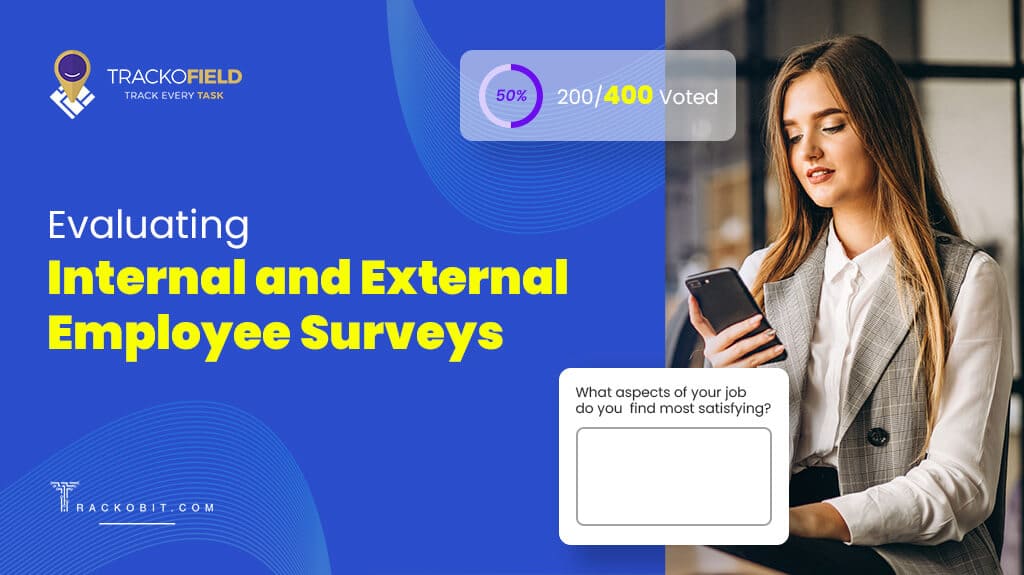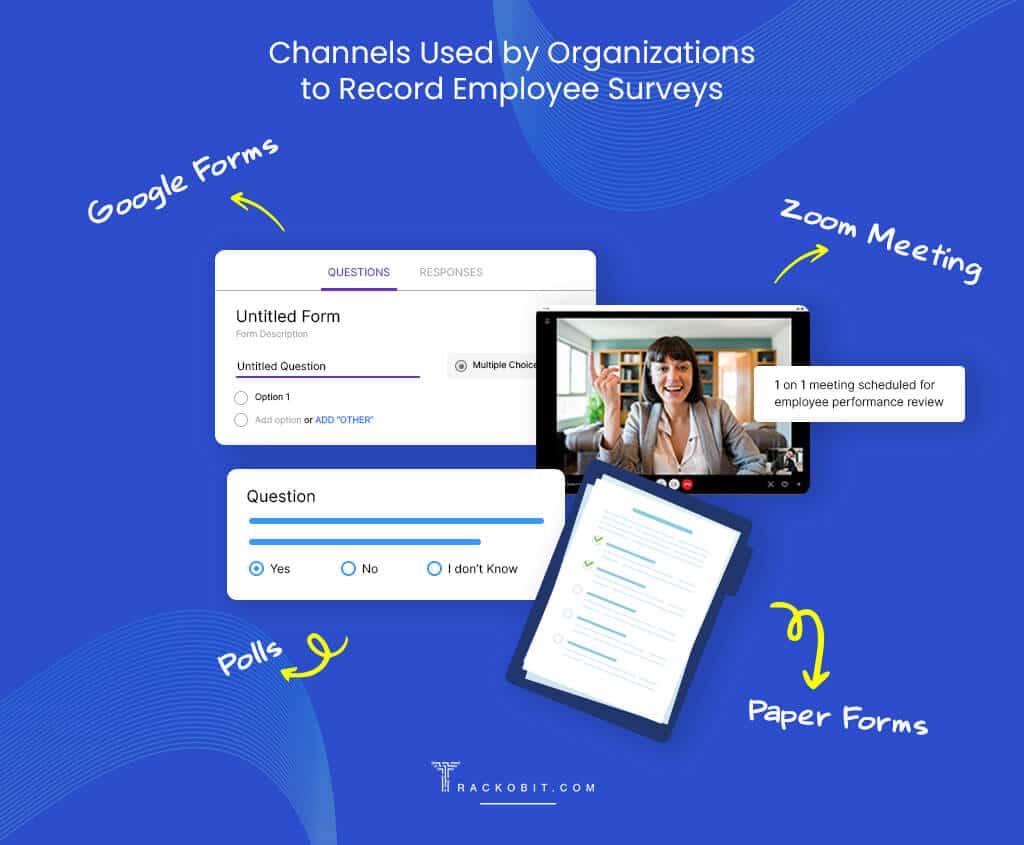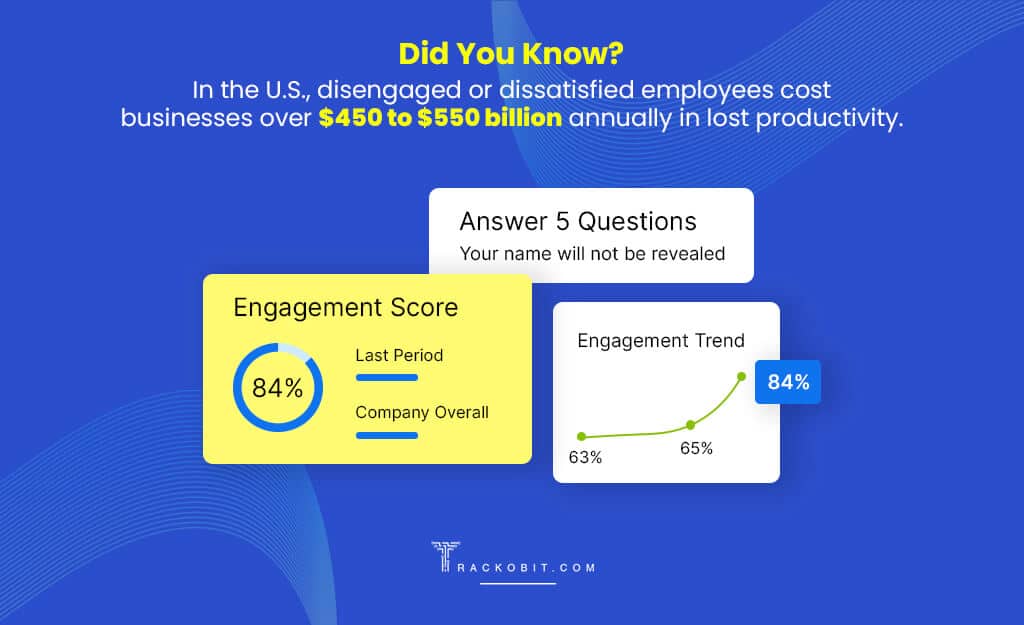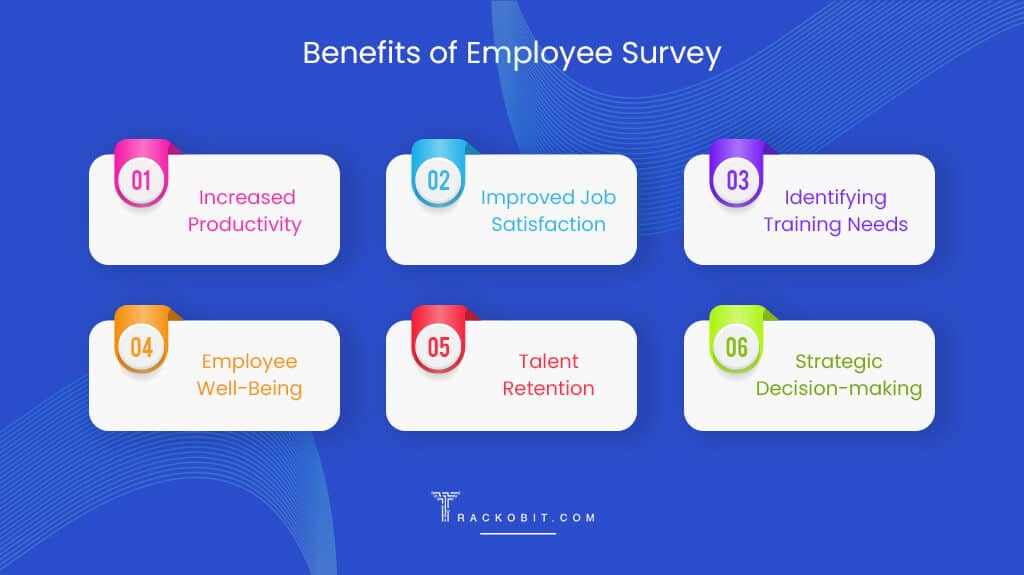-
TrackoBit
Manage commercial vehicles with the new-age Fleet Management Software
TrackoBit -
TrackoField
Streamline your scattered workforce with Field Force Management Software
TrackoField -
Features Resources
-
Blog
Carefully curated articles to update you on industrial trends. -
White Paper
Insightful papers and analysis on essential subject matters. -
Glossary
Explore an alphabetical list of relevant industry terms. -
What’s New
Get TrackoBit & TrackoField monthly updates here. -
Case Study
Explore the cases we solved with our diverse solutions. -
Comparisons
Compare platforms, features, and pricing to find your best fit.
-
About Us
Get to know TrackoBit: our team, ethos, values, and vision. -
Careers
Join the most dynamic cult of coders, creatives and changemakers. -
Tech Support
Learn about our technical support team and services in detail. -
Events
Check out the exhibitions where we left our marks and conquered. -
Contact Us
Connect with us and let us know how we can be of service.
Types of Employee Surveys: Benefits of Internal and External Surveys
- Author:Tithi Agarwal
- Read Time:11 min
- Published:
- Last Update: February 25, 2025
Table of Contents
Toggle
Internal and external employee surveys are important to assess employee engagement and customer satisfaction levels. Read this blog to learn the types of surveys you can conduct.
Table of Contents
Toggle
Employee surveys are important instruments for enhancing the company’s culture. They help gain deeper insight into each worker’s productivity level and improve retention rates. (We do not recommend using surveys to get insider information 😜.) However, we do recommend using effective surveys and asking all the right questions to get your answers.
Keeping the surveys meaningful and unbiased and the employees’ identities anonymous is best.
Here is a blog post discussing 14 types of employee surveys you can conduct for each situation, be it to test the waters, get honest feedback from the party, or improve the business process.
14 Types of Employee Surveys to Conduct Internally
1. Employee engagement surveys
Employee engagement surveys look at how connected employees feel to their workplace. That includes their sense of motivation in their roles, their alignment with company values, and their support for senior leadership. Remember, employee engagement surveys need to be conducted often.
Right questions to ask!
|
2. Employee satisfaction surveys
Employers can conduct a satisfaction survey to learn more about their employees’ level of satisfaction with particular areas of their jobs and companies. The most prominent ones are pay and benefits, workload, timetables, business policies, and workplace diversity.
Planning business changes, modifying company regulations, and enhancing working conditions can all benefit from these polls.
Make sure your employee satisfaction survey is confidential. Workers may feel uncomfortable telling their boss how they feel. You can accomplish this by creating an anonymous poll.
3. Employee performance surveys
Employee performance surveys are your go-to instrument for determining your teams’ strengths and weaknesses. This staff survey can identify opportunities and gaps in management, training, resources, and information availability.
The majority of employee performance surveys are self-evaluations. They are particularly useful when you observe a shift in your team’s output or performance.
4. Professional development surveys
Employees with access to professional development opportunities at their company are up to 2.5% more likely to be engaged in their jobs. Professional development surveys let you gauge whether your employees have enough resources for career growth within your company and what areas of career development interest them.
5. Employee attitude surveys
Employee attitude surveys can help you determine your company’s general atmosphere at a given time. These surveys are quite helpful in determining issues related to work-life balance, information or resource gaps, and workplace culture. These surveys are typically filled out anonymously to allow employees to express themselves completely.
6. Organization culture surveys
The prime focus of organizational culture surveys is understanding how employees see their workplace environment. That includes their relationship with peers and the habits, attitudes, and practices they see as constituting the office norm.
Asking the right question can make all the difference!
|
7. Employer improvement surveys
Offering your employees a chance to express direct and constructive criticism towards your leadership team is essential for making improvements from the top. Gathering this feedback will let you make informed changes to your management style and improve your employee experience.
8. Employee experience surveys
Employee experience involves each stage of an employee’s lifecycle at their workplace—from their first to their last day with the company. It determines not only how your employees feel at your workplace but also why future hires should want to join your company.
An employee experience survey takes a well-rounded look at different aspects of your employee’s work with the company.

9. Employee onboarding survey
The first few weeks might be crucial for a new hire’s relationships with your team, ability to fit in with the corporate culture, and other factors. Additionally, employers must assess their performance without adding to the workload because they are inundated with fresh information.
An employee onboarding survey can help you verify what’s working and what isn’t for your recruit and any resources they might need. It should be brief and uncomplicated so that your new hires can easily finish the survey without feeling overwhelmed.
10. Business process surveys
Business processes are sets of tasks and systems designed to deliver a product or service to a client. Since your employees are at the forefront of these processes, their feedback is vital.
With the right questions, a business process survey can help managers get concrete and actionable information to improve and streamline company tasks.
Get the right answers with the right questions!
|
11. Employee wellness survey
Employee engagement is directly linked to employee well-being and health. Your company’s range of health and wellness initiatives and the work-life balance at your workplace determine employee well-being and business success.
Conducting an employee wellness survey will help you gauge employee well-being at your workplace and recognize gaps or opportunities in your wellness programs.
12. Employee opinion survey
Employee opinion surveys combine the elements of an employee attitude survey, a satisfaction survey, and an engagement survey. They focus on employees’ beliefs about the company.
You want to see how your employees perceive your company and whether their beliefs align with your brand identity. Say your company positions itself as an inclusive environment with a fun, easy-going culture. However, your employees see your workplace as strict and authoritative. There is clearly a disconnect. By identifying it, you’ll be able to address it.
13. Custom survey
You shouldn’t feel limited by one survey structure or focus. Custom surveys are the way to go if you want to explore more than one topic or try out different employee survey styles to see what resonates with your teams. Try out things, mix and match questions, and see what works and doesn’t for your teams.
14. 360 survey
The goal of this type of employee survey is to obtain a variety of perspectives on a particular employee’s performance. 360-degree surveys gather feedback from different sources, including team leaders, managers, peers, and self-evaluation.
For this type of employee survey questions are often presented as statements with responses covering a scale from “Excellent” to “Needs improvement.” As this assessment is more comprehensive, questions should be broken down into accountability, communication, and leadership categories.
What are External Surveys?
External surveys are a way for companies to gather feedback from customers or other external sources. They can be used to measure customer satisfaction, identify areas for improvement, or learn about other topics.
Conduct External Surveys with the Help of Employee Monitoring Software
Employee monitoring software like TrackoField helps with external surveys by:
- Location Tracking: Ensures surveyors visit the correct locations in real-time.
- Task Management: Assigns and monitors survey tasks, ensuring timely completion.
- Data Collection: Enables mobile data entry and custom forms for accurate, real-time data capture.
- Performance Monitoring: Tracks employee productivity and compliance with survey protocols.
- Communication: Facilitates instant communication and feedback between managers and field employees.
- Security: Provides secure data transmission and audit trails for accountability.
These features streamline survey processes, improve data accuracy, and enhance overall survey management.

Benefits of External Surveys
You must also conduct an external customer survey to grow and expand your business. And what better than employee monitoring software to dispatch employees to carry out the surveys? This will benefit your business in multiple ways.
- Know the Satisfaction Level of a Customer—It is important to know customers’ satisfaction with your services and products. After receiving satisfaction data, you can take action accordingly. Proper customer satisfaction data can help determine the customer net promoter score.
- Value Customers Opinion – Customers frequently express dissatisfaction with current services, but they lack a channel through which to voice their concerns. Sometimes the issue is so little that it can be resolved rapidly with the right information. As a result, surveys enable businesses to gain valuable insight into the opinions of their clientele.
- Add More Value—Solid customer feedback can help companies improve their services and operations. Sometimes, little feedback can help companies eliminate hurdles to their success. Valuable customer feedback can totally uplift your business’s performance.
- Generate Loyal Customer Base—Prioritizing your clients’ needs and happiness will help you build a devoted clientele. It’s a terrific strategy for weathering this erratic economy and expanding when you have a few faithful clients under your belt.
- Increase Profits—Corporate organizations want to increase profits most of all. The key to producing money is having devoted, fulfilled, and happy customers. Having a larger clientele will enable you to increase sales and establish your brand’s recognition.
Benefits of Internal Employee Survey
The benefits of employee engagement survey undertakings extend beyond merely measuring the engagement score for record-keeping purposes. They can provide several tangible and long-lasting advantages to the organization.
1. Increased Productivity and Performance
Happy workers have a proven track record of increased productivity. According to the Quantum study, 22.8% of participants believe that staff surveys boost output.
Organizations can use employee engagement survey results to drive changes to existing policies or introduce new ones that increase output. Better performance management strategies can be guided by the relationship that engagement surveys can show between employee engagement levels, satisfaction, and performance outcomes.
Read Blog – How to Calculate Employee Productivity?
2. Improved Morale and Job Satisfaction
Surveys of employee engagement increase morale by demonstrating to workers that their opinions count. Work satisfaction typically rises when employees feel their opinions are valued and will be considered.
The positive effects of using employee surveys are confirmed in the Employee Engagement Trends 2023 Report, Driving Employee Success by Quantum Workplace. Based on responses by over 1 million employees from more than 9,000 organizations:
- 49.7% say they increase employee satisfaction
- 38.0% say they improve employee retention — though only 28.7% say they result in lower turnover
- 30.6% say they increase employee advocacy
3. Enhanced Communication
Employee surveys are productive communication between management and staff, encouraging candid and helpful discussion. They provide evidence that upper management is receptive to criticism and eager to make adjustments, which promotes openness and trust.
4. Identification of Training Needs
Surveys are useful tools for identifying knowledge and skill gaps that may be impeding employee performance. For example, survey findings can indicate whether staff members believe they require training to use a specific software application efficiently.

5. Early Detection of Issues
Employee engagement surveys may serve as a proactive early warning system for issues. Regular surveys can highlight issues such as lingering team disagreements, deteriorating morale, or simmering discontent with leadership before they become more serious.
6. Building a Positive Company Culture
Survey responses can reveal employee perceptions of business culture, including what behaviors are valued and discouraged and how comfortable they feel expressing their ideas. This information can direct the HR department’s work towards creating an inclusive, productive, and happy workplace culture.
7. Employee Well-Being
Work-life balance, work stress, and employee well-being are frequently covered in engagement surveys. If these issues are routinely addressed, it will become clear whether the current workplace promotes the health and happiness of its employees. Then, HR departments can launch prompt interventions to promote worker well-being and lesser burnout.
8. Talent Retention
Engagement surveys can help with talent retention tactics by disclosing the elements influencing an employee’s decision to stay or leave. For example, if the survey indicates a high degree of unhappiness with career progression options, the company may restructure its career development programs to keep its talent pool.
According to the Achievers Workforce Institute 2023 Engagement and Retention Report, The Future is Flexible, employees who say their employer takes meaningful action on their feedback are 37% less likely to seek a new job.
9. Employee Recognition
Questions on rewards and recognition are frequently included in employee engagement surveys, providing information on whether workers feel valued for their contributions. Recognition is heavily influenced by employee motivation and happiness and can greatly increase engagement.
10. Strategic Decision-making
Last but not least, engagement surveys provide data that guide strategic decision-making. Whether a change in HR policies, a new training program launch, or a decision on employee benefits, survey results offer meaningful, data-driven insights to shape these decisions.
Please Fill out the Form for Feedback!
Hack for diverting mass quitting and dropping productivity levels – conduct employee engagement surveys timely.
As you know, employee surveys can provide valuable insights into your organization’s current state. By carefully assessing the results, you can identify areas for improvement. While our blog clearly demonstrates the benefits, it’s worth emphasizing that asking the right questions in these surveys can significantly enhance all aspects of your business operations. Don’t hesitate to implement this powerful tool and observe the positive changes it brings!
And for dispatching employees for external surveys, which are also important, why not try TrackoField’s employee monitoring software? With it, you can empower your employees with custom forms and fields to carry out surveys.
Tithi Agarwal is an established content marketing specialist with years of experience in Telematics and the SaaS domain. With a strong background in literature and industrial expertise in technical wr... Read More
Related Blogs
-

Grameen Credit Score: Everything that NBFCs and MFIs Must Know in 2026
Shemanti Ghosh January 6, 2026Empower the underserved Joint Liability Groups (JLG), Self-Help Groups (SHG), and residents of rural India with better credit assessment and…
-

How MFIs Are Working In Modern Day Scenario? A Complete Breakdown
Mudit Chhikara December 30, 2025How field force automation is helping MFIs transform field operations.
-

Unified Field Workforce Dashboard: Monitor Tasks, Attendance & More In One Place
Mudit Chhikara December 15, 2025Bring full clarity to field operations with a single, real-time field workforce dashboard.
-

Loan Disbursement in NBFCs: From 15 Days to 3 Minutes – Learn How
Shemanti Ghosh December 11, 2025TrackoField’s AI-enabled field force automation software speeds up loan disbursals in NBFC with field agent task monitoring and facial attendance…

Subscribe for weekly strategies to boost field team productivity.
Your inbox awaits a welcome email. Stay tuned for the latest blog updates & expert insights.
"While you're here, dive into some more reads or grab quick bites from our social platforms!"Stay Updated on tech, telematics and mobility. Don't miss out on the latest in the industry.
We use cookies to enhance and personalize your browsing experience. By continuing to use our website, you agree to our Privacy Policy.


































